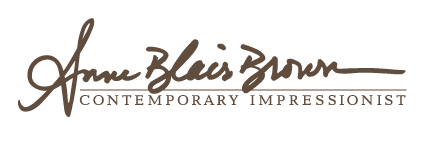Painting from direct observation is a crucial skill for any artist, but I learned early on that painting from photo reference can be quite useful. While I prefer to have a plein air or life sketch to work from in the studio, that is not always possible.
As a budding artist, the first series of paintings I created was of waiters and restaurant interiors. You can imagine the look on the waiters’ faces when I asked them to stand still for an hour! Ha! Joking aside, we have been given the gift of modern technology which enables us to explore any subject we desire. This is especially helpful when the subject is in constant motion or we just can’t set up a whole painting rig and stand in the middle of the action for 2 hours, wherever that may be.
In reality, a photo is basically a lie. The camera lens is one eye, we have two.
So how do you traverse the challenges of painting from reference photos? In my workshops I have categorized a list of photo reference pitfalls along with methods and suggestions on how to infuse these studio paintings with luminous color, dynamic energy, and a painted-from-life quality. Keeping in mind that photos are often too dark, too light, color washed out, etc., here are some method highlights:
employing the sense memory with “connection sketches”
composition/detail adjustment- don’t be a slave to the photo
playing with the color wheel
let brushwork tell the story
With practice and some life painting mileage under your belt, you will find that the use of reference photos for your art can be just as rewarding as painting a still life or en plein air. It’s all about the statement you want to make and the energy you put into it. See examples below.
“Every artist dips his brush in his own soul, and paints his own nature into his pictures.”~Henry Ward Beecher
“Cottage Kitchen”
“Cottage Kitchen” Reference Photo
“Cat Nap”
“Cat Nap” Reference Photo
“Farmhouse Shadows”
“Farmhouse Shadows” Reference Photo






